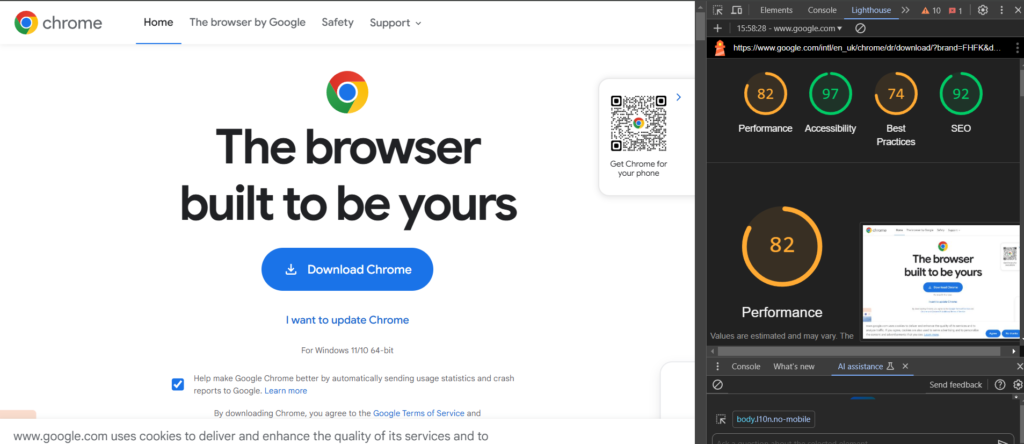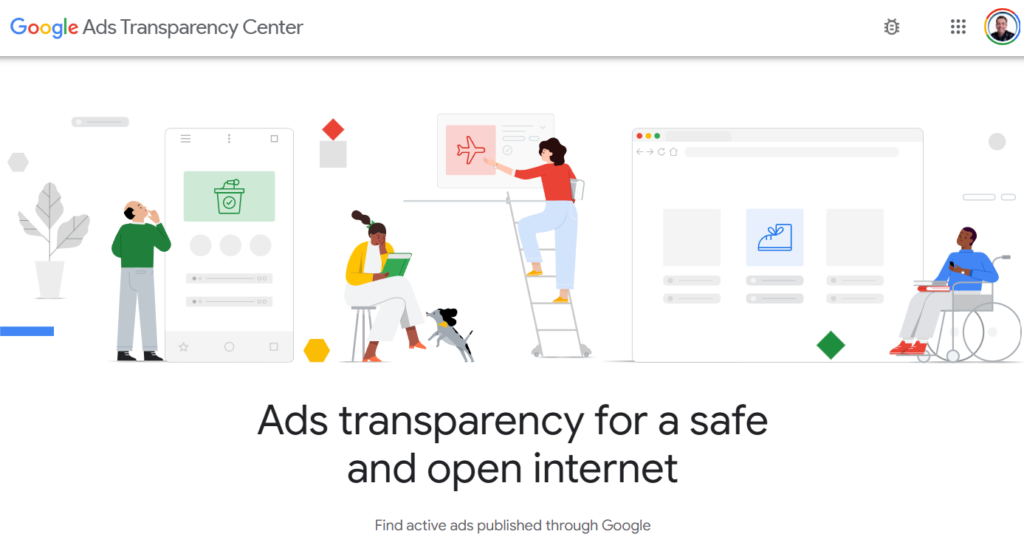Introduction
When you write an article, the biggest challenge is to keep your reader’s attention. You want to make sure that they’re engaged and are able to follow along with the content. To help make your writing more engaging, there are several things you can do:
1. Write for your audience.
Writing for the reader means writing as if you were your reader. You need to consider what they want, need, and expect. Consider their background and level of knowledge on the topic. The more specific you are in your writing, the more readers will be able to relate to it.
For example:
If you’re writing an article about how eating too much salt can cause high blood pressure, include details like these:
- The average UK citizen consumes 8.4g of salt per day (the recommended maximum is 6g).
- The majority of Brits consume most of their salt from processed foods.
And after you have given the facts, think about what you would want to know next. Now you have been told how bad it is, what can you do about it? So tell them how they can change their diet to eat less salt. By giving readers what they want your writing will become more engaging.
2. Show your passion.
This is the part where you show off your passion. Don’t be afraid to let your readers know that you care deeply about the topic. If you’re writing about something that’s close to your heart, tell us why—and don’t hold back on examples! Showing that you’re genuinely excited about what you’re talking about will help make it more interesting for everyone else.

3. Be concise.
One of my favourite quotes is by Mark Twain who said “I was going to write a short letter, but I didn’t have time” And it is true, it takes a lot more care and attention to get your message across in just a few words. So, being concise is something all writers should be aiming for. Being able to write in a clear and straightforward manner will help your readers stay engaged with what you have to say, while long-winded prose is likely to bore or confuse them. You can also try the following tips:
- Use short sentences. Short sentences are easier to read than long ones since they have fewer words and fewer clauses per sentence. A good rule of thumb is to keep each sentence under 20 words. This will depend on your subject matter; if it’s more complex don’t make things harder by using really short sentences (the same goes for using really long ones).
- Avoid run-on sentences whenever possible by breaking up longer ones into two or more parts. This helps ensure that each part of a sentence makes sense independently of the others. This way readers don’t feel lost as they read what you wrote! It also makes it easier for them because now instead of having multiple ideas crammed into one sentence they only need to remember one idea per paragraph. This means less thinking overall.
4. Be clear.
The second principle of engaging writing is being clear. If a reader can’t follow your argument or understand why you’re saying what you’re saying, there’s no way they’ll find your writing interesting.
When people write with clarity, readers don’t have to work as hard to follow along. If you use simple language and short sentences, it’s easier for the reader to keep track of where each sentence starts and ends (and detect logical gaps if necessary). If you avoid jargon and clichés, the reader gets a fresh perspective on whatever topic is at hand.
The third principle of engaging writing is being concise—that means not using filler words like “um,” “so,” or “uh” when speaking (or typing) in order to take a breath; using active voice instead of passive voice so that the subject performs an action instead of being acted upon; avoiding overusing passive voice; keeping paragraphs focused on one idea at a time rather than jumping around aimlessly between several different topics; avoiding overusing filler words such as “and” when connecting ideas together; using simple language instead complex terminology unneeded by anyone but experts in your field; and staying away from clichés like “to be sure” or “I believe.” aa these won’t make your writing more engaging.
5. Use great sources.
Your writing should engage your readers, so it’s important to use great sources.
- Credible sources: Your audience will trust you more if you use credible sources that are trusted by other people in your field (or at least by some of them).
- Relevant sources: Sources that are relevant to the topic you’re discussing will help ground what you’re saying and make it easier for readers to understand why they should care about what you’ve written.
- Up-to-date information: Make sure any information in your writing is up-to-date; otherwise, it can seem out of date or even incorrect when compared with more recent studies or events happening in the world today. For example, if someone reads an article about climate change and it mentions data from 20 years ago, they might wonder whether all those conclusions are still valid given how much has changed since then—and even if they do trust the source itself (e.g. the Intergovernmental Panel on Climate Change), they might not trust its conclusion because there’s no way for readers who haven’t followed every piece of research closely over time themselves.”
6. Formatting.
Use bold, italics, and underlining to highlight important information. If you bold specific words and phrases throughout your article it lets the reader know what is important.
- Bulleted lists break up text and make it easier to read.
- Numbered lists give a step-by-step guide.
- Use images to illustrate your points or provide examples of how you followed the steps in your article.
- Make sure that your text is easy on the eyes; this will help keep readers engaged and make them want to keep reading!
7. Use Headers and subheaders.
Headers and sub-headers are great ways to break up your text and make it easier to read. They can also help with engagement if you do them right!
First, you should be using headers and sub-headers throughout your document. These are the big bold words at the tops of paragraphs or in between blocks of text that tell you what section you’re reading about. This helps readers navigate through long documents without getting lost (and therefore engaged).
Second, make sure that each header has some sort of heading level number associated with it: Heading 1s are usually reserved for titles (like “Chapter One,” “Section Two,” etc.) while Heading 2s are used for subheadings within those chapters or sections (“Subheading One,” “Subheading Two,” etc.). The same goes for sub-subheadings; use headings 3 through 6 accordingly so people know exactly where they’re at in the text when they come across an unfamiliar term or reference point later on down the line. Finally, when deciding which headings go where in a document like this one, consider whether they’ll help readers understand what type content they’ll encounter next—if so then put them together!
8. Always have a call to action.
The call to action (CTA) is often the last sentence or paragraph of your article. I recommend that every piece of content you create has a Call to Action – I wrote about that here. It helps readers know what to do next, and it’s designed to have a clear outcome. For example, if you write an article about how to write better headlines for newsletters, you might end with something like: “So next time you need a headline for a newsletter, try these five tips!”
It should be concise and clearly written in the imperative form—meaning that it uses words such as “readers” instead of “you.” Your CTA should also be relevant to the topic at hand; if you’re writing about ways to improve your email marketing campaigns and happen upon some eye-opening statistics about open rates, for instance, consider how those stats could apply here.
9. Use the right Keywords.
A keyword is a word or phrase that describes your content. When you’re writing content, you want to make sure that your keywords are included in the title and URL of your content.
The keywords should also be relevant to what’s being discussed in the article. If they don’t fit in with the rest of the article, they’ll sound forced and unnatural—and will likely distract readers from what you’re trying to get across.
A great tool for finding keywords for your articles is Google AdWords Keyword Planner tool. Knowing what keywords to use, will help make your writing more engaging. (https://adwords.google.com/KeywordPlanner)
10 linking.
Links can be placed anywhere in your article, the most important thing is that they are contextual and they make sense, both to the reader and to the search engine – when the crawler visits the link the linked page is about the same topic and adds value. It is also important that the text that is displayed over the hyperlink is something meaningful, rather than “click here”.
Internal linking.
Internal linking is a great way to keep your readers engaged with content throughout your website. It can also help you rank better in search engines because it’s an indicator that the page you’re linking to has valuable content.
And remember Internal links should be contextual too. For example: If we wanted to link to this article from another post on this blog we could write the following in the other post “This article, tells you how you can make your writing more engaging.”
External linking.
External linking is when we link to content on other websites that supports your writing. For example, if you’re writing about how to optimise an article for SEO, you could link directly to an article on Search Engine Journal that supports the point you are making.
External links add value and can help readers find even more information about what you’re talking about. They also show Google that relevant content exists elsewhere on the web and help boost their search rankings (which helps increase traffic).
Conclusion
If you take one thing away from this post, let it be this: your writing needs to be engaging. It’s not just about making it readable; it’s also about making sure that the reader is invested in what they are reading, and wants to continue reading. This means that you have to consider things like tone, the structure of your sentences and paragraphs (and even sections), how much information is included or omitted from each paragraph/section—all of which will help make your writing more engaging!



